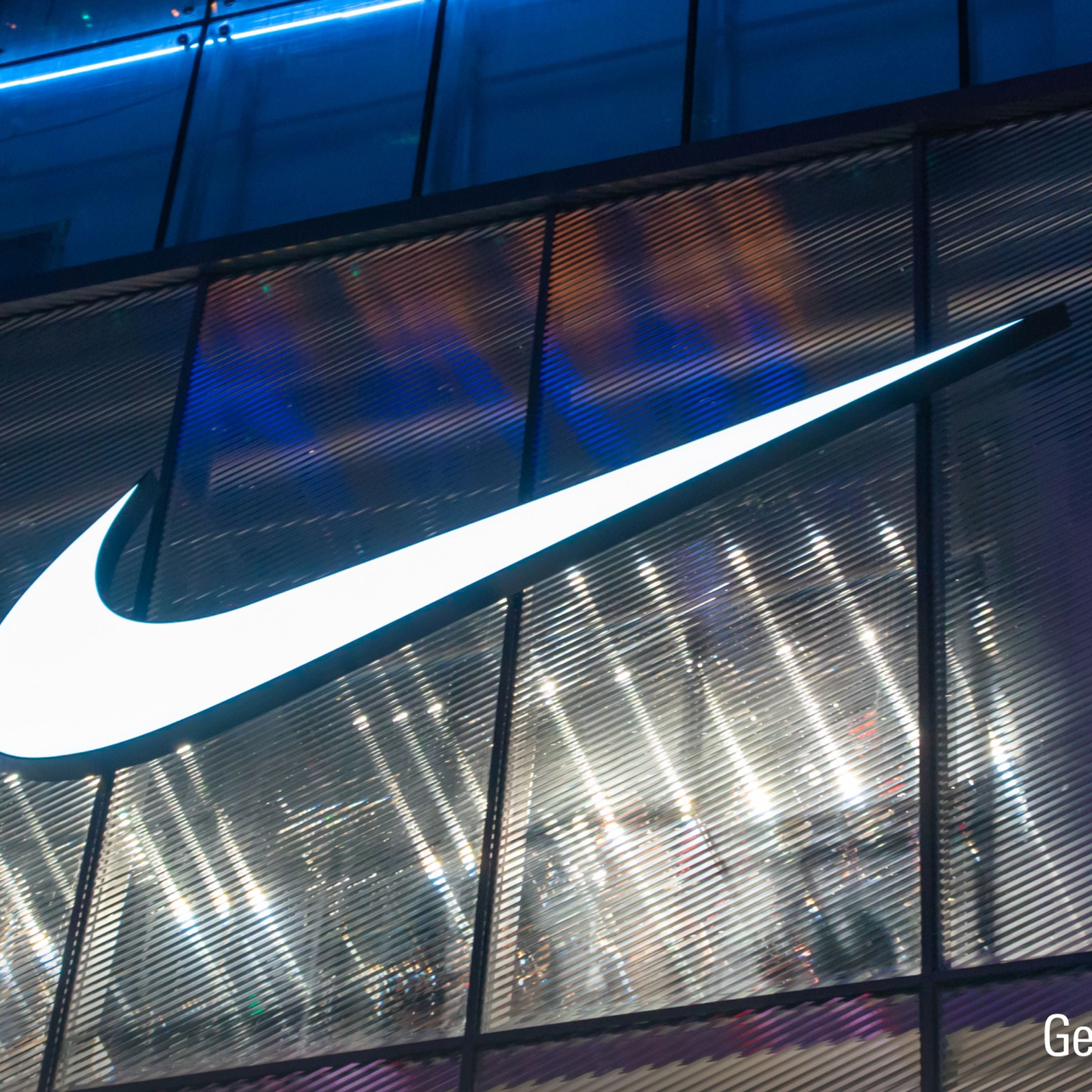Why is Lululemon Stock so Expensive?
Maybe we enjoy paying a premium sometimes.
Interested in other cheap stocks? Check out our recent episode on BlackBerry stock Key Takeaways for Lululemon Stock: Negative attention from the founder’s recent comments didn’t help Lululemon’s brand image, which will be critical to maintain for investors as the company strives to maintain premium pricing and expand internationally. What was mostly an engaging store experience, including fitness and yoga classes, Lululemon’s online sales now comprise a large portion of customer interactions, with sales having increased to $3.7 billion in 2022 from less than $100 million in 2010. Although Lululemon has seemingly been immune to competition and market pressures over the past few years, the athleisure space is now rife with innovative and well-resourced competitors. Andrew Willis: While Lululemon has sought to affirm its stance on inclusivity and distance itself from recent comments of its founder, we see many forces at play that could stop customers from buying - and see investors selling. We hate to see a Canadian athleisure pioneer so overvalued, but at a time when Shopify, Tesla and even BlackBerry falling back to our fair value estimates or further, we’re worried investors may catch onto the state of competition in this clothing space. Senior equity analyst David Swartz warns there are minimal barriers to entry, there are many envious copycats like Nike and Levi’s. Lululemon’s Premium Pricing Has to Last a Potential Sales Decline Competitors of Lululemon have been envious of the company’s intangible brand asset, which makes up its narrow moat rating. That’s allowed the company to sell 90% of its products at full price – which is great, but better stay that way for all the investors currently paying a premium. For Morningstar, I’m Andrew Willis. Lululemon Bulls Say Lululemon’s online sales increased to $3.7 billion in 2022 from less than $100 million in 2010. We believe its e-commerce operating margins can hold around 42%-43%, about 17 percentage points better than its store margins. Lululemon has a big opportunity in Greater China, which currently accounts for just over 10% of its total sales. China is already the second-largest sportswear market in the world. Lululemon is often credited with the development of athleisure, which we believe is a major change in how people dress and has increasingly broad appeal. Lululemon Bears Say Leggings, Lululemon’s primary category, are now offered by everyone from low-priced fast fashion to luxury apparel brands. The competition in this lucrative category is unrelenting. As Lululemon expands beyond yoga into categories like running and training and offers footwear, it competes directly with established athletic apparel firms like Nike. Lululemon is expanding aggressively in countries in which awareness of its brand is relatively low. It may not have as much success in these regions as it has in North America.




